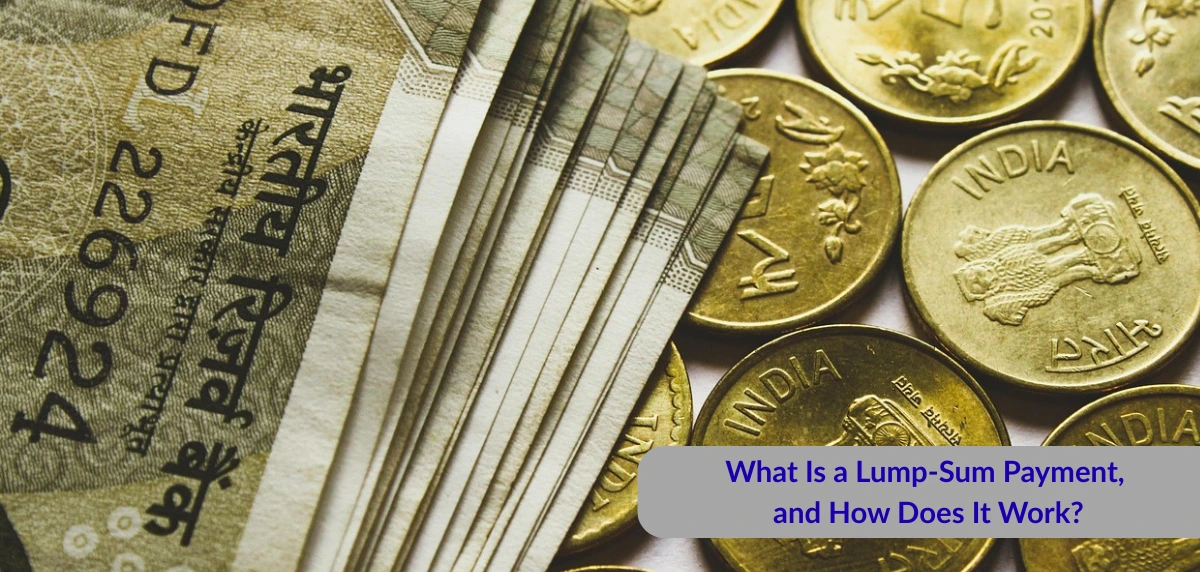If you have opted for a life insurance policy to secure your loved ones’ future, it is important to understand how the benefits will be paid out to them. One of the most common methods is the lump sum payment. This option can be ideal if you want your beneficiaries to have access to a significant amount of money at once. But what is a lump sum payment, and how does it work in the context of insurance?
Understanding Lump-Sum Payment in Life Insurance
A lump sum payment is a one-time, full payment made by the insurer to the policyholder or beneficiary. In the context of life insurance, this will usually occur after the insured person’s demise or upon policy maturity, depending on the plan type.
Instead of receiving monthly or annual payouts, the recipient gets the entire sum assured in a single transaction. For example, if a whole life insurance policy offers ₹50 lakh as the sum assured, the nominee receives the entire amount at once. This payment can help cover major expenses like loan repayment, children’s education, or day-to-day living costs without financial strain.
The death benefit payout process will require the nominee to submit a death claim, along with documents like the death certificate, policy document, and ID proof. Once verified, the insurance company transfers the lump sum amount directly to the nominee’s bank account.
If you have opted for a life insurance policy that provides maturity benefits, you can also choose to receive the maturity proceeds in a lump-sum payment as well.
Using a life insurance calculator can help estimate the lump sum amount your family may receive. It can also help you choose the right coverage based on current expenses and future needs.
When to Prefer Lump Sum Payment over Periodic Payouts
While life insurance plans also offer instalment-based payouts, a lump-sum option may be more beneficial in certain situations.
Immediate Large Expenses
If the nominee has immediate financial obligations like a home loan, hospital bills, or legal costs, a lump-sum payment provides instant liquidity.
Debt Repayment
A lump sum helps settle outstanding debts in one go. This will prevent interest build-up or default.
Family's Financial Independence
It enables the family to make independent investment or spending decisions based on their existing priorities.
Wealth Transfer
In estate planning, lump sums in life insurance plans are useful for passing on wealth in a structured, tax-efficient way.
Avoiding Future Uncertainty
Receiving a large amount at once removes the need to depend on future payouts, which might be affected by changes in the insurer’s business standing.
That said, periodic payouts in life insurance may suit families who need steady income for budgeting. But if your loved ones are financially aware and need funds urgently, the lump-sum option offers maximum flexibility.
Choosing between a lump sum and periodic payouts depends on your family’s financial habits and immediate needs. Understanding what a lump sum payment is and how it can benefit you can help you select the right option under your life insurance policy. Whether it is for clearing debts or supporting your family’s lifestyle, a well-chosen life insurance plan with the right payout option ensures peace of mind and financial stability for your loved ones.





















